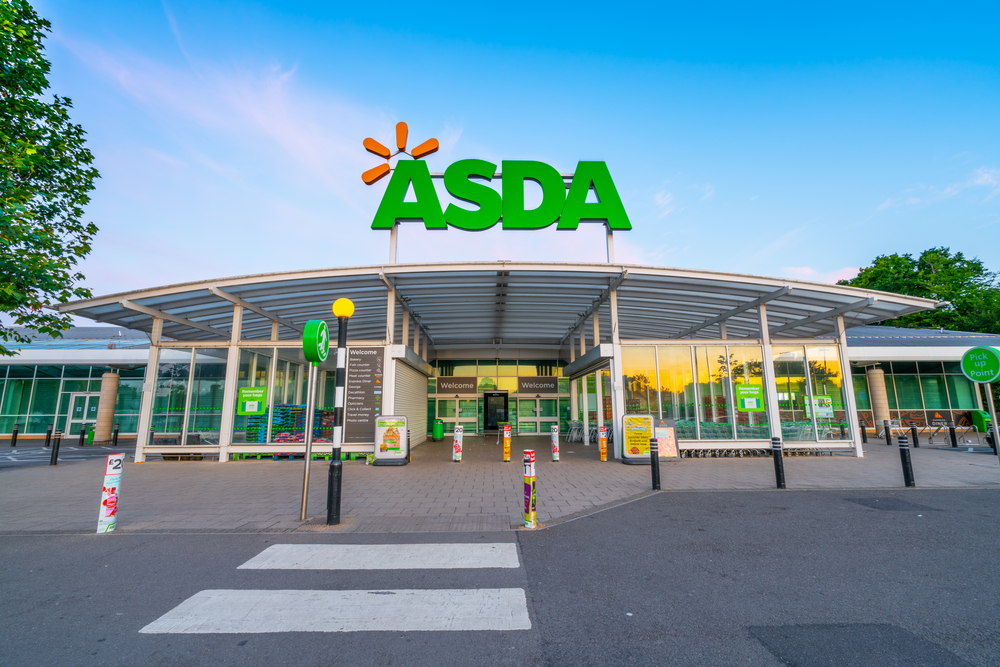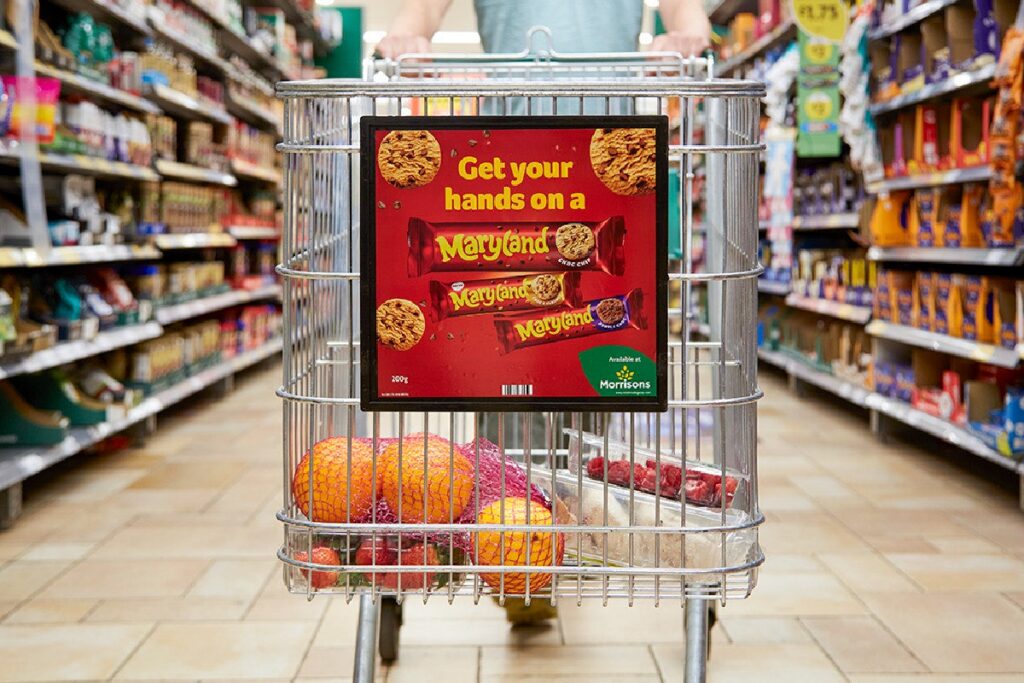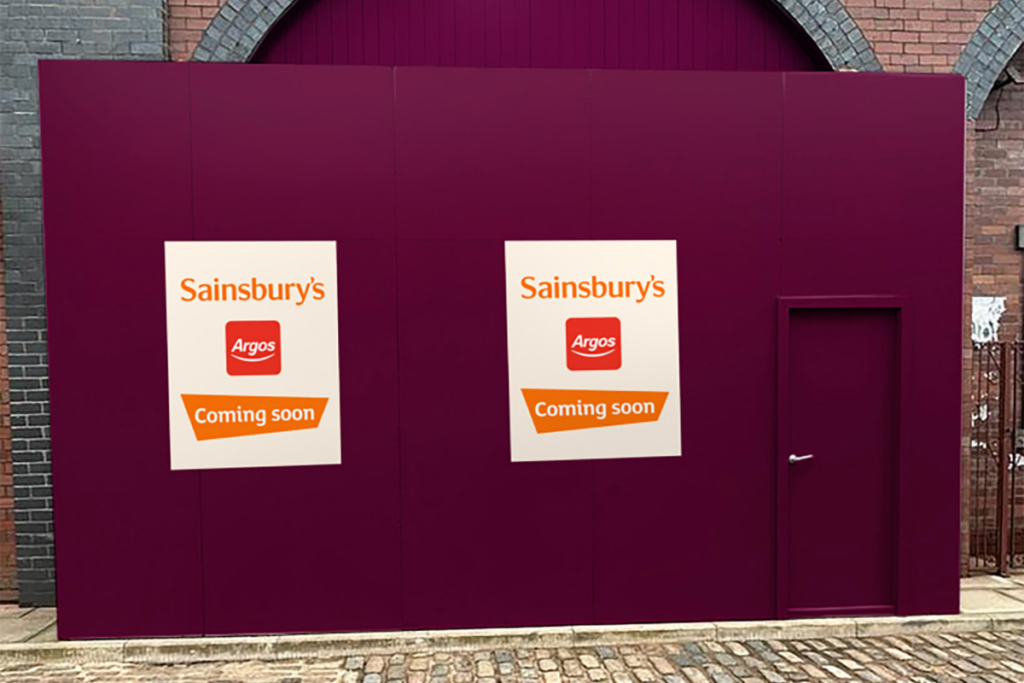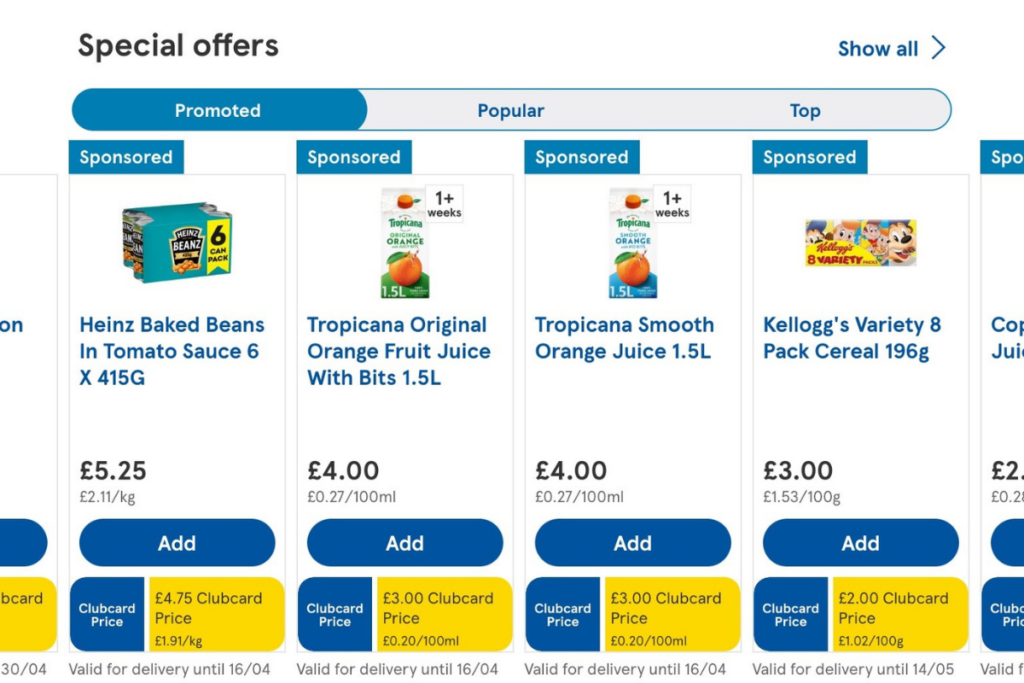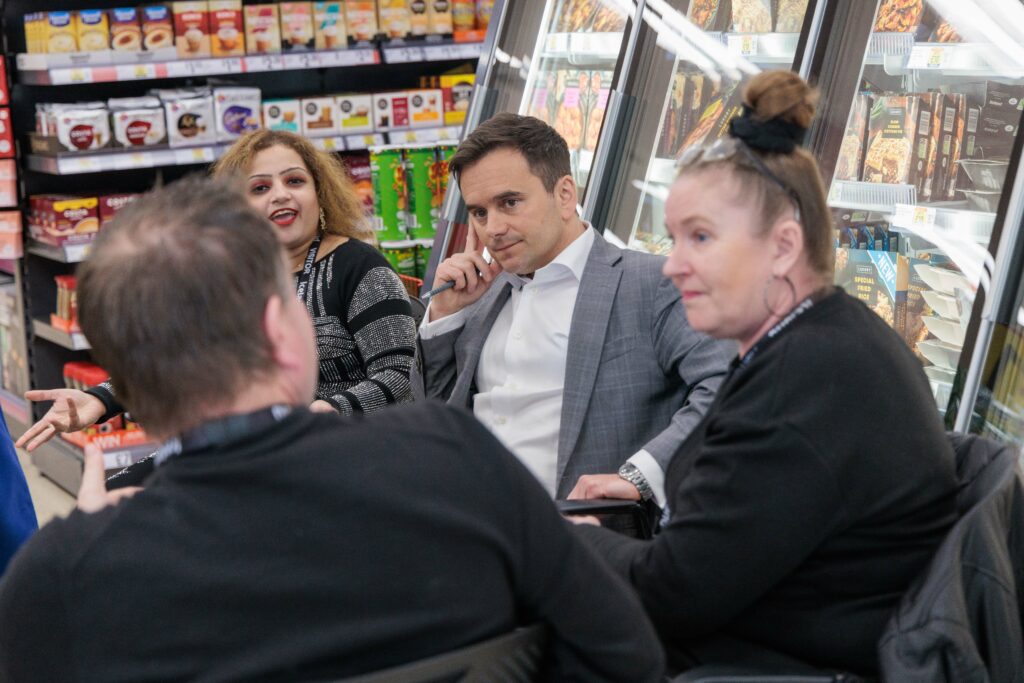No one is in doubt that people are struggling as the cost-of-living crisis continues to bite.
Energy prices are soaring, a tank of petrol has reached dizzying heights, and rents and mortgages are rising. As a result, purse strings are being tightened even more to make ends meet.
However, despite stagnating inflation, food prices continue to rise – making the weekly shop another source of pressure on UK family finances. At a time when people need help the most, is this not the time for businesses put people before profit?
The UK’s official inflation rate, which measures the annual price growth in retail, has fallen for a third consecutive month in a row, down from a peak of 11.1% in October 2022 to just over 10% in January.
But despite this glimmer of hope for consumer spending, retailers have said that grocery shop price inflation has yet to peak this year.
The cost of basic trolley essentials is expected to remain high in 2023, after previous figures showed grocery prices are accelerating at the fastest rate on record.
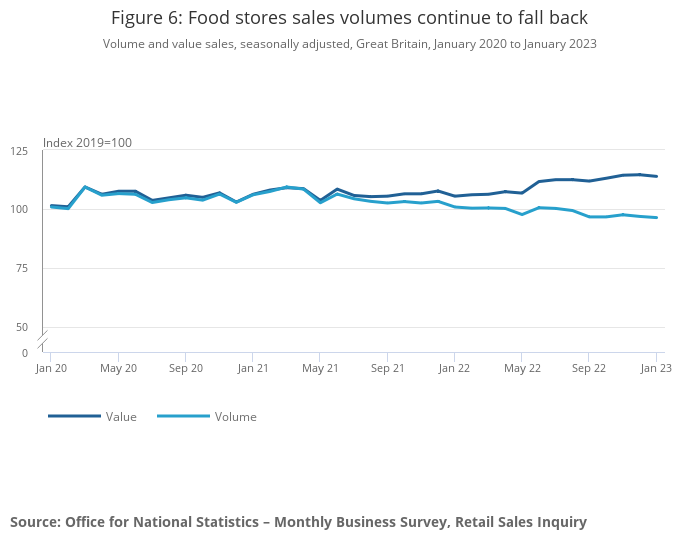
So, what are the headlines in the world of food prices?
- Grocery price inflation has risen to 17.1% in the four weeks to 19 February 2023, the highest level ever recorded by Kantar
- It’s the second most important financial issue for the public behind energy costs, with two-thirds of people concerned by food and drink prices, above public sector strikes and climate change
- UK households face an £811 increase to their annual bill if they don’t change their behaviour to cut costs.
- The British Retail Consortium said the price of food and drink, clothing and other items sold in shops and online would continue to rise at a rapid pace, even if the UK’s official inflation rate for all goods and services fades over the coming months.
How are consumers responding?
Behaviour change of consumers is inevitable in the face of soaring prices.
Following recent trends of trading down and trading out to discounters, Fitch Ratings suggests UK consumers will continue shifting to cheaper grocery products in the coming quarters.
This comes despite a moderate increase in premium range sales around Christmas time, driven by the ‘treat’ mentally of the festive season.
Shoppers are now expected to shift back to cutting spend and looking for value.
Some are doing this by choosing to buy bulk packs, which typically have lower per unit prices, trading down to own label which have seen a 9.3% boost to sales over the past nine months, and shifting from fresh to frozen products.
The discounters have also thrived under these conditions with market share rising rapidly year on year.
Pressure on retailers
As well as pressure on consumers, the global financial ‘tornado’ has also impacted retailers.
Inflation means the price of ingredients is higher, war in Europe has had wide impacts on gas prices as well as grain exports, and supply chain costs have affected the balance sheet.
The British Retail Consortium has flagged big rises in sugar and alcohol this year, as well as fruit and vegetables.
Food volumes sold remained about 3% below pre-pandemic levels in December 2022, according to the Office for National Statistics.
Which means, until now, retail price increases have helped pass on the cost of inflation (at least) to more than offset volume declines created by the trade out and trade down trends, compared to the same period in the previous year.
Now, with retailers still facing ongoing headwinds from rising energy bills and labour shortages, prices are yet to peak and will likely remain high in the near term as a result.
The cost of price matching
In a bid to match the price of discounters, something has to give. And when volume drops, costs need to be cut to keep profits up. Therefore, in a move that mimics the low-fuss environment of the discounters, ‘customer experience’ is taking a hit.
In January, Tesco revealed it was axing its remaining counters “to ensure we remain focused and competitive in a fast-changing market”.
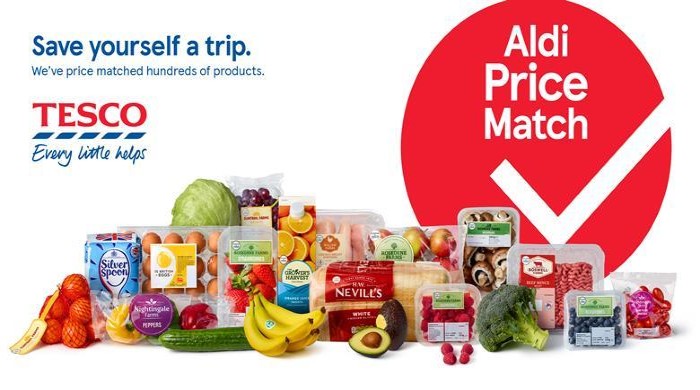
A few years ago, the UK’s biggest grocer saw counters as a reason to visit its stores because it offered something shoppers couldn’t get elsewhere.
While perhaps not profitable in their own right, counters created an experience and the opportunity to speak to someone who was knowledgeable about the products.
The question is, as it is expected this recession will only last 12 to 18 months, what will be left to encourage shoppers to return to the likes of Tesco or Sainsbury’s if they are essentially getting the same offer from the discounters?
The growing price of convenience
Small format stores are everywhere – you don’t have walk far your house to be able to pick up the essentials.
And with petrol prices making people even more reliant on local convenience stores for items, are the big grocers taxing customer convenience through higher prices?
New Which? research shows that customers are being forced to spend hundreds of pounds a year more by regularly shopping at convenience stores rather than large supermarkets.
The large differences in price uncovered shows how challenging food shopping can be, especially for people who are more vulnerable to food insecurity, don’t shop online, or don’t have easy access to a larger supermarket.
Which? analysed the prices of a trolley of own-label and branded items at the two largest traditional supermarket convenience chains, Tesco Express and Sainsbury’s Local, and compared the costs with the same items at their larger supermarket counterparts.
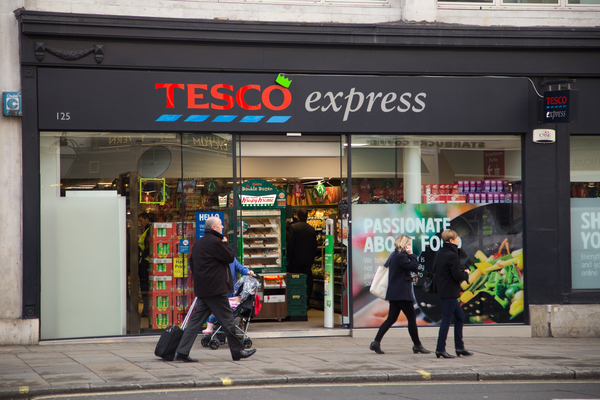
Tesco prices varied the most, with Which? research showing that shoppers could be spending around 10% more over the course of a year at Tesco Express compared with larger Tesco stores or online.
Taking a long term view
I get it, I really do. If we think consumers are finding things hard, then businesses are undoubtedly going to be hit by some of the same challenges.
If price rises at the big players continue to grow, and convenience stores price rise even higher again, the multiples will suffer the loss of trust in the battle for every pound.
Surely there’s an ethical responsibility to make basic household needs the same price across all their stores – whatever the size or location?
For an industry so fixated on being on the side of the customer, offering great value, high quality, and making their money go further, things are starting to feel a bit…murky.
Consumers are savvier now than ever before, and they recognise when they are being tricked by the hot air of marketing.
The challenge for the major supermarkets is understanding how they balance adding value with price to compete in a financial crisis, maintaining enough loyalty and differentiation to draw people back when the recession ends.
Now is the time to really focus on the long term – prioritising real help over shareholder profits.
If they don’t crack the new formula soon we could finally see the likes of Aldi and Lidl redefine how we shop. This might not just be an evolution of grocery retail – this could be a revolution.
Click here to sign up to Retail Gazette‘s free daily email newsletter




